November 30, 2002.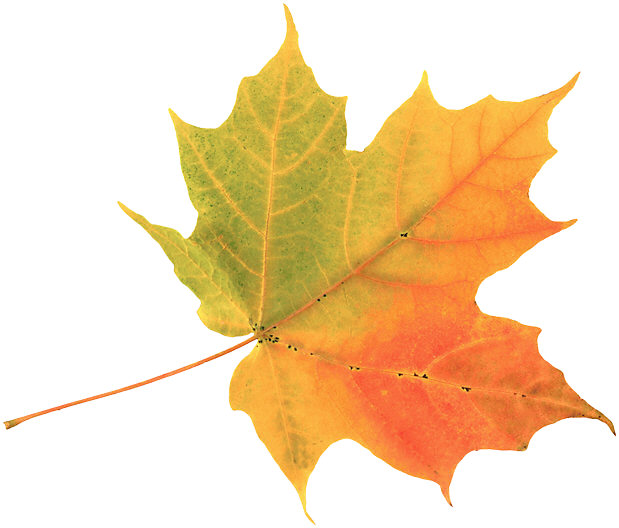

Mom is dying. Nothing we can say or do will change that.
Last night, pouring over family photo albums and telling stories about her, we
had come to terms with it. And while it had taken us until dawn to decide, we
know we are making the right choice. She has lived her life with dignity and
fortitude. We will allow her to die the same way.
The small hospital room is full of people now: the nurse who
will turn off the machines that are keeping Mom’s heart going, the doctor who
will monitor her response, my brother, my father. One of the nurses has given
me a memory box. Into it I tuck a few of the cards from the windowsill, a
yellow rose from the bouquet Dad brought in, and a locket of her hair. “Her rings, too,” says my father. He is kneeling by the bed, his hands holding onto
hers. I nod and he moves over, releasing her left hand to me.
Her hand is cool to my touch, the skin paper thin, the blood
vessels blue against the pale ivory. In the real world, Mom is olive skinned,
but here she takes on the pallor of a ghost. Her knuckles are swollen with
arthritis. I kiss her hand gently, the white gold of her engagement diamond
brushing my lips. Carefully, not wanting to cause her any discomfort, I slide
the tiny ring off her finger. Her hand smells faintly of Jergens lotion; she
kept a bottle by the sink, lathering the lotion onto her hands after doing the
dishes, the diamond ring safely in a china dish. For a moment, I hold the ring
in my hand. It is still Mom’s, still carries with it the memories of childhood;
the ring glinting in the sun as she hangs sheets in the summer sunshine; the
ring sliding through my hair as Mom plaits my braids; the ring catching on my
sweater as I kiss her goodbye. I place it into the memory box lovingly and draw
in my breath. The wedding ring will follow it.
But now Dad stops me. His voice chokes, but his words are
clear. “I put the wedding ring on her,” he says. “I will take it off.” I slide
over by the bed, allowing Dad access now to her left hand. On the other side of
the bed, my brother, Harvey, holds her right hand. Dad takes Mom’s hand and
raises it to his lips. He kisses every finger, the palm, the swollen knuckles.
Then he speaks to his wife. “Betty, “ he says, “52 years ago, I put this ring
on your finger and you became my wife. I am taking this ring off now, but it
does not mean you are not my wife. Forever and always, you will be my wife.”
Then he slides the ring off and it joins the other mementoes in the box.
 Dad nods to the nurse, who flips the machine to off. Mom’s
chest continues to rise and fall. It could be hours, it could be days, the
doctors have told us. My brother and I have decided, however, to say our own
goodbyes now. Each of us, in turn, gives Mom one last hug, one last kiss. Then,
arms around each other, we depart. The final goodbye must belong to Dad.
Dad nods to the nurse, who flips the machine to off. Mom’s
chest continues to rise and fall. It could be hours, it could be days, the
doctors have told us. My brother and I have decided, however, to say our own
goodbyes now. Each of us, in turn, gives Mom one last hug, one last kiss. Then,
arms around each other, we depart. The final goodbye must belong to Dad.
We stand outside, however, seeing our parents through the
room’s window: Mom lying on the bed, the last breaths escaping from her
body as she eases her way out of this world, and Dad, his head buried in her
shoulder, reluctant to let her go. After a few moments, he raises his head,
kisses her on the cheek, and kneels with her hand in his.
This is love, I think. Not the fairytale, happily ever after
love that people find impossible to emulate. This is the love that has survived life, two children, lost jobs,
financial burdens, illnesses. This is what my brother and I will take with us
today, as we leave Mom and Dad to their final goodbyes and each of us returns
to our own often difficult lives. The trappings of love may be superficial,
but love—enduring, pure love—needs nothing else.












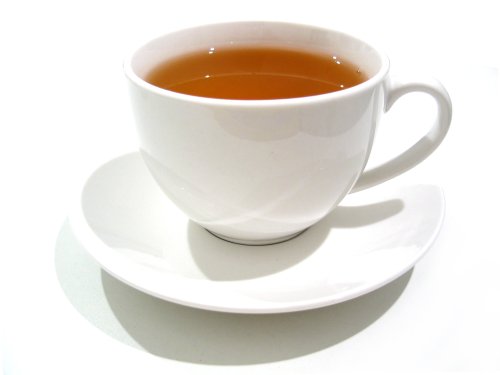




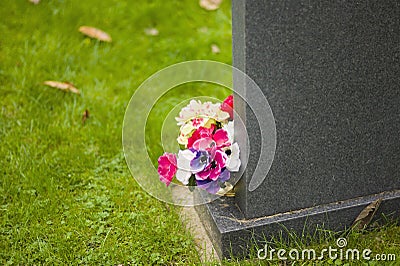

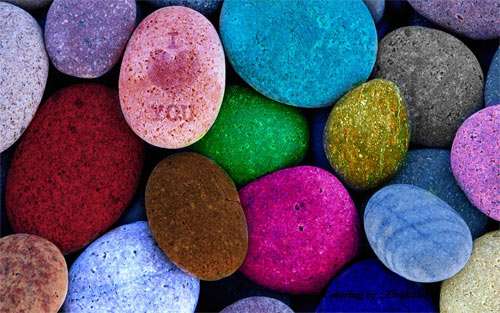



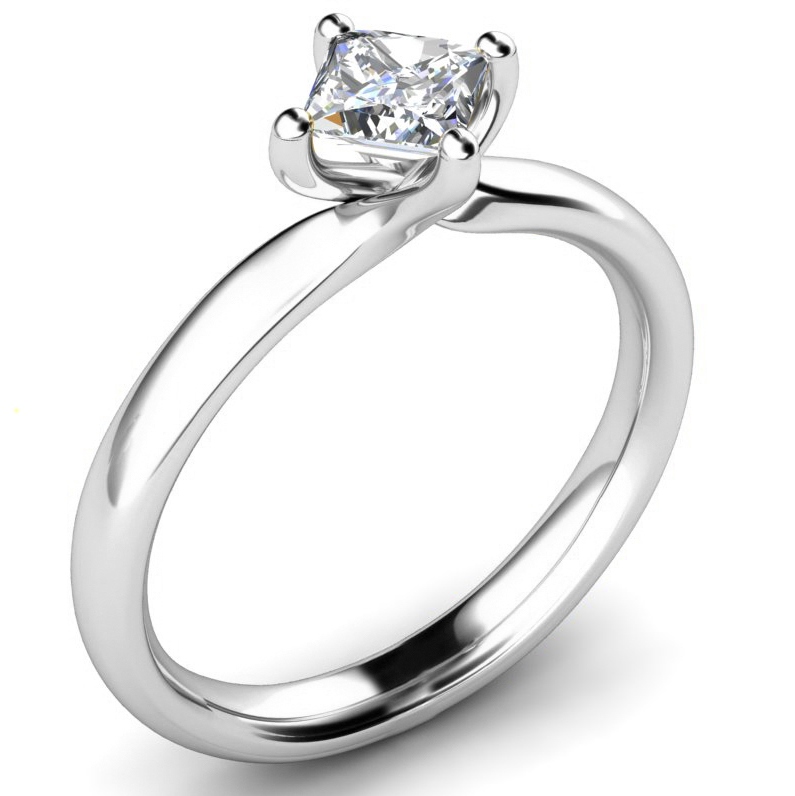
 Pulling
her to him as she says good-bye
Pulling
her to him as she says good-bye



 with me. I am not good at waiting, but working with the colors and textures takes my mind off of worrying. At times like this, I bless my grandmother who taught me how to use needles and yarn.
with me. I am not good at waiting, but working with the colors and textures takes my mind off of worrying. At times like this, I bless my grandmother who taught me how to use needles and yarn.

